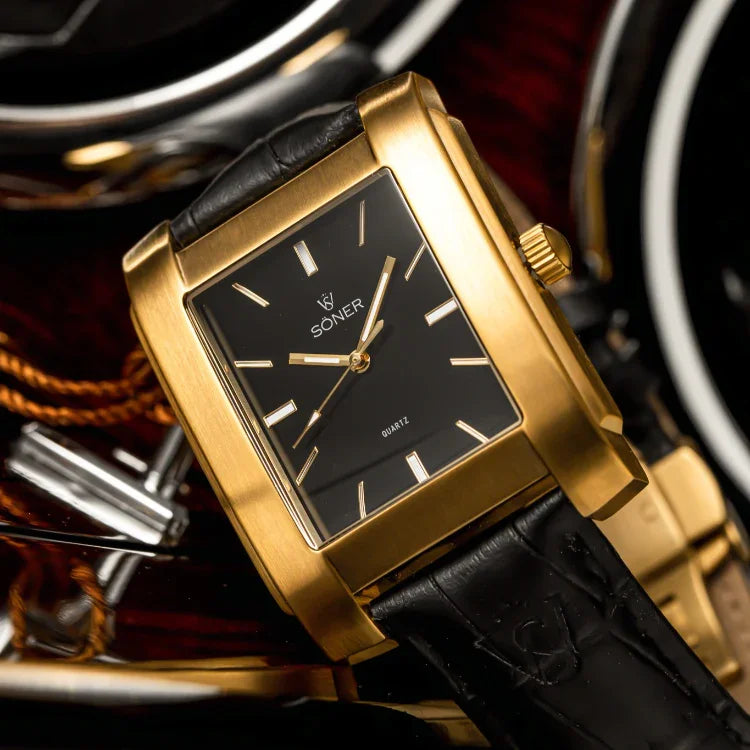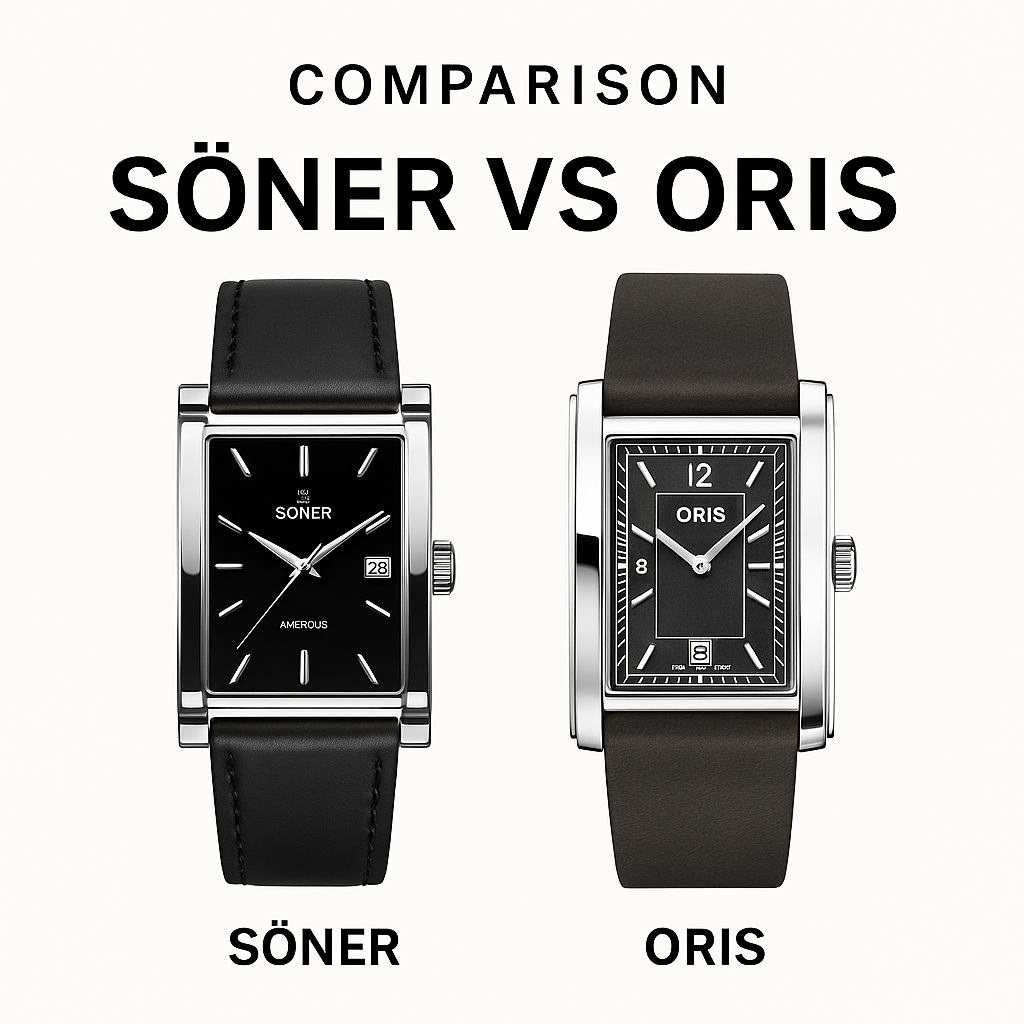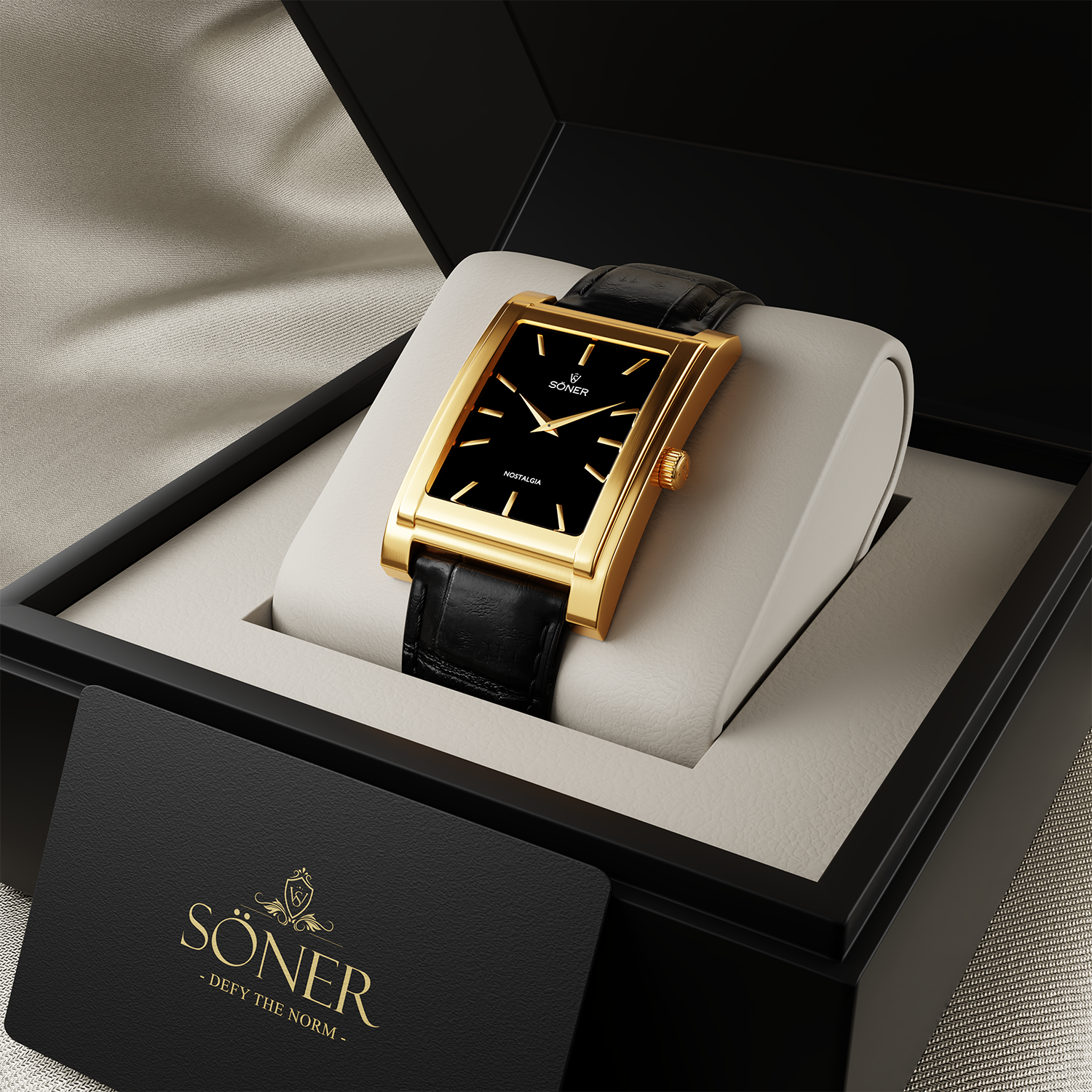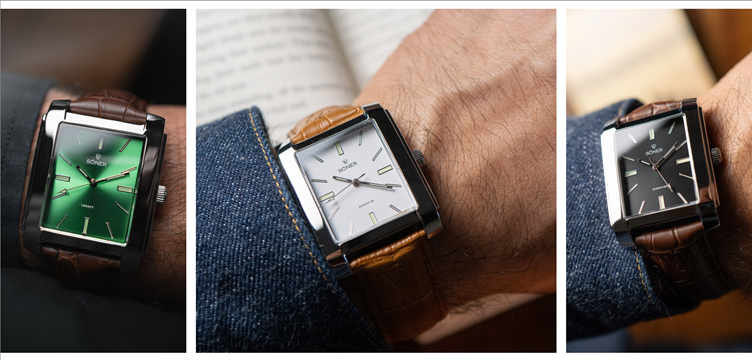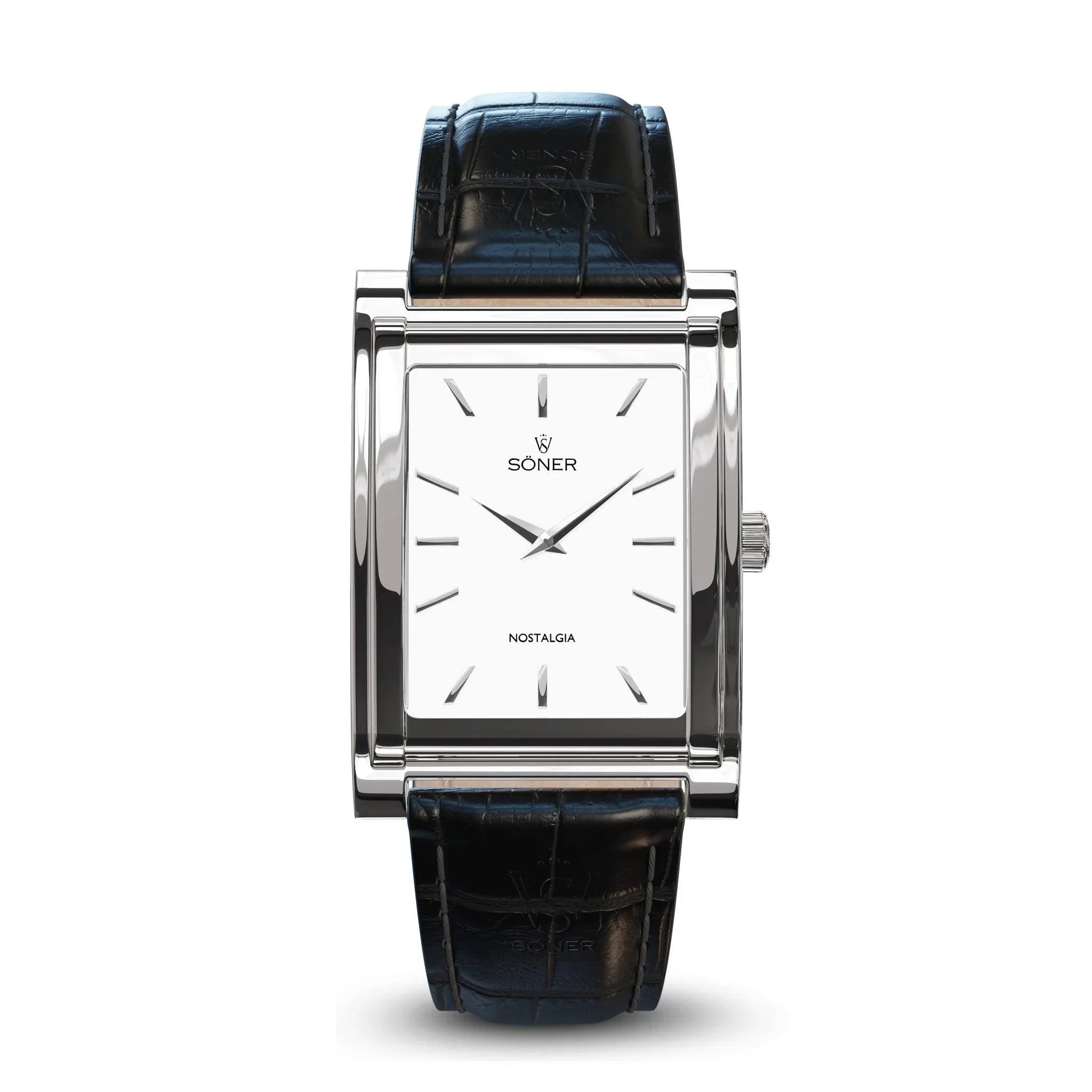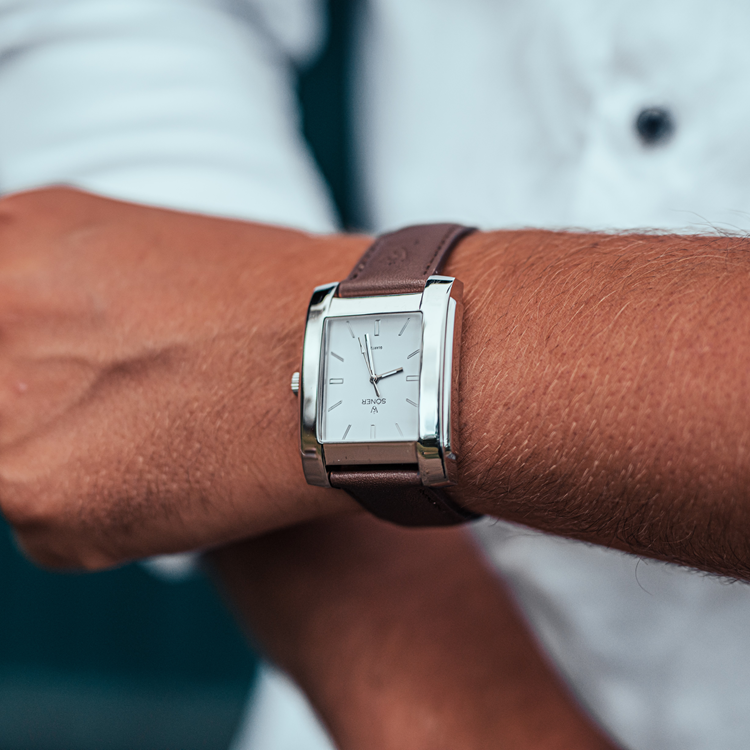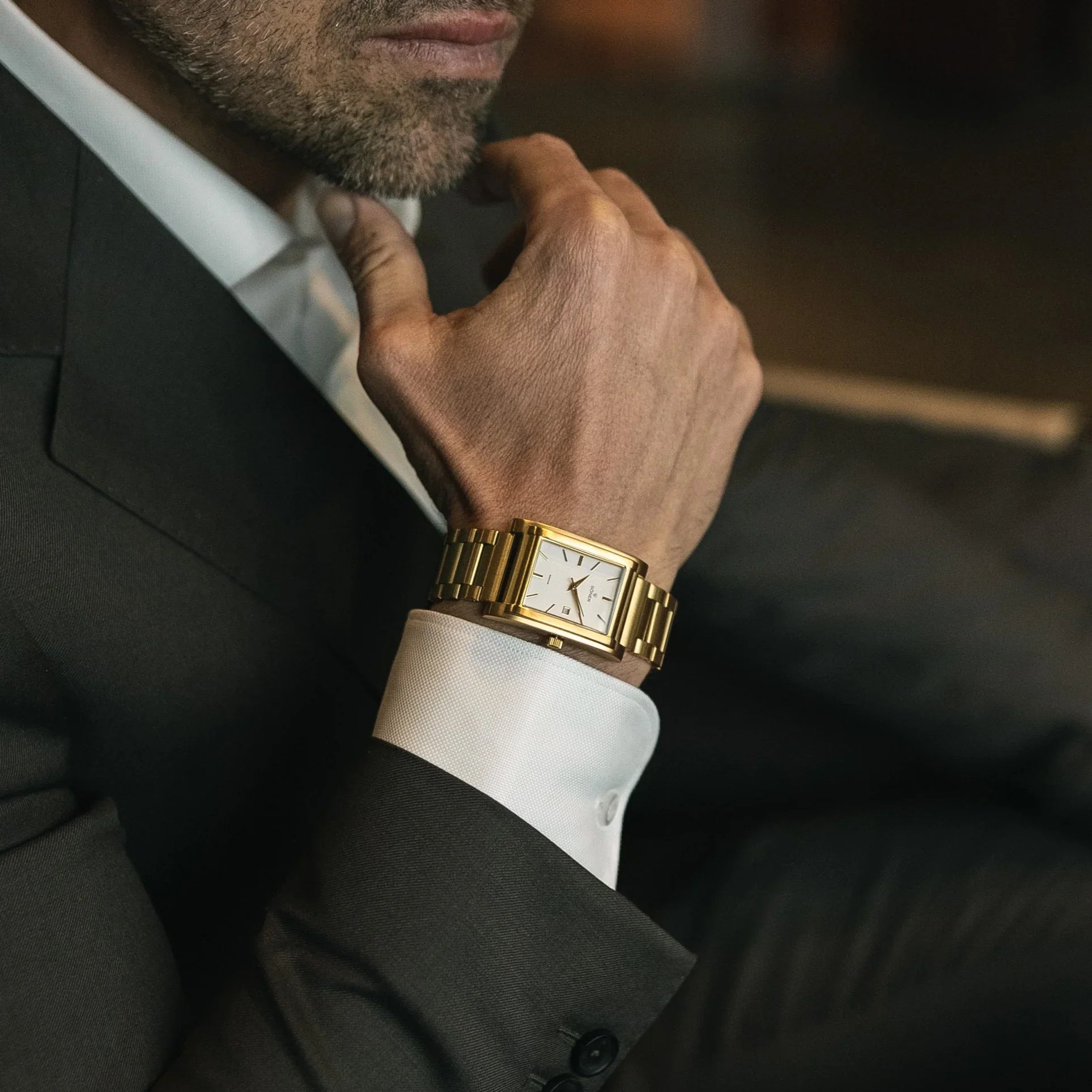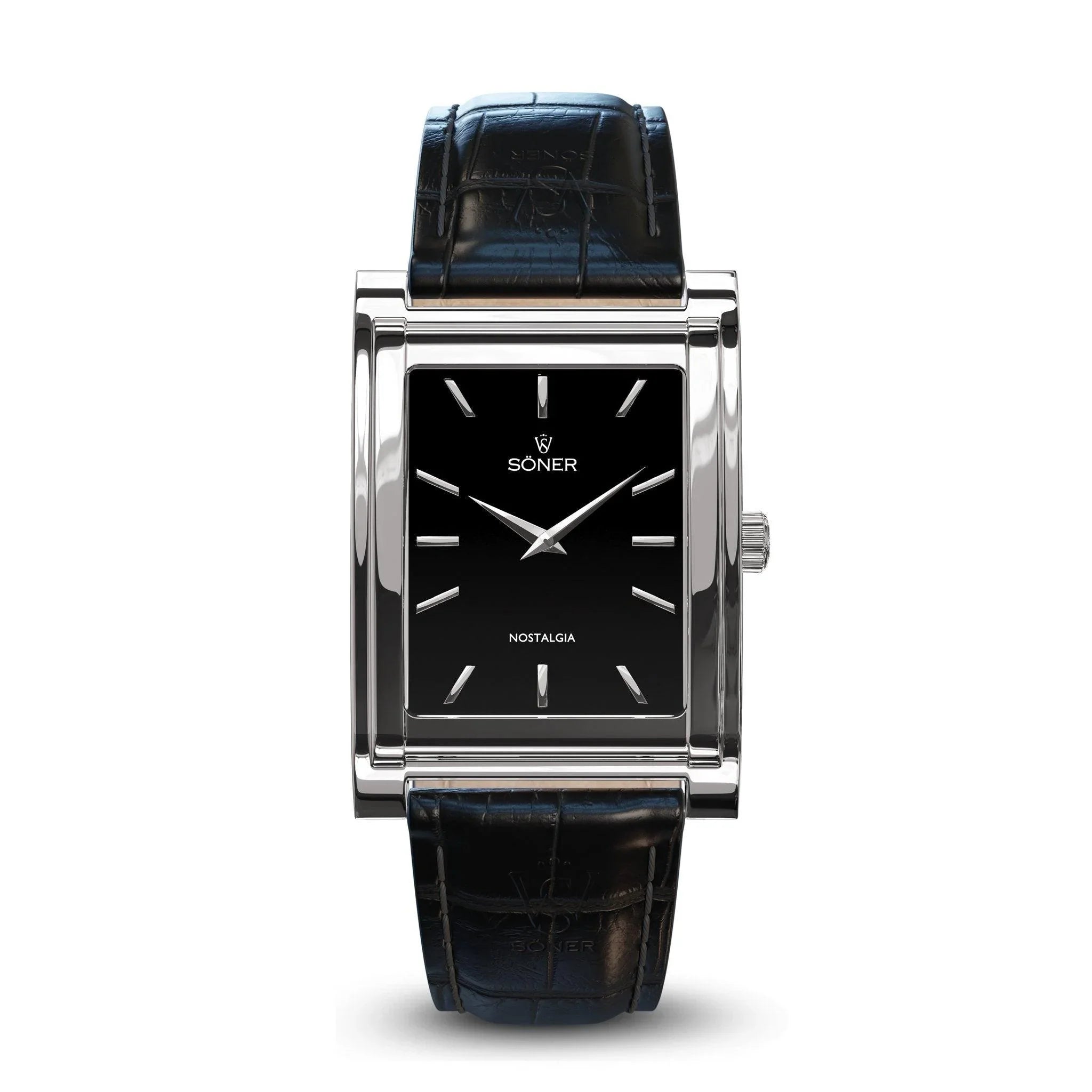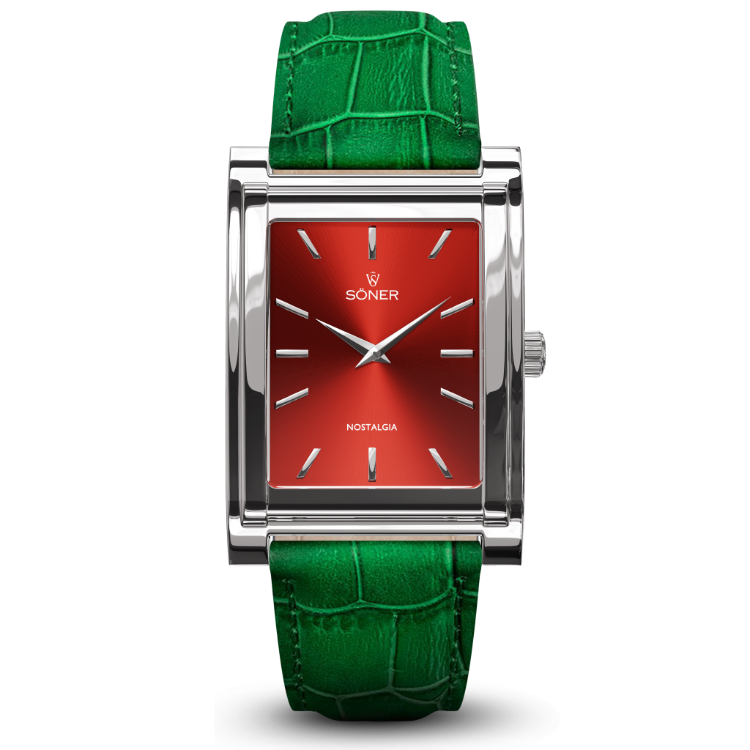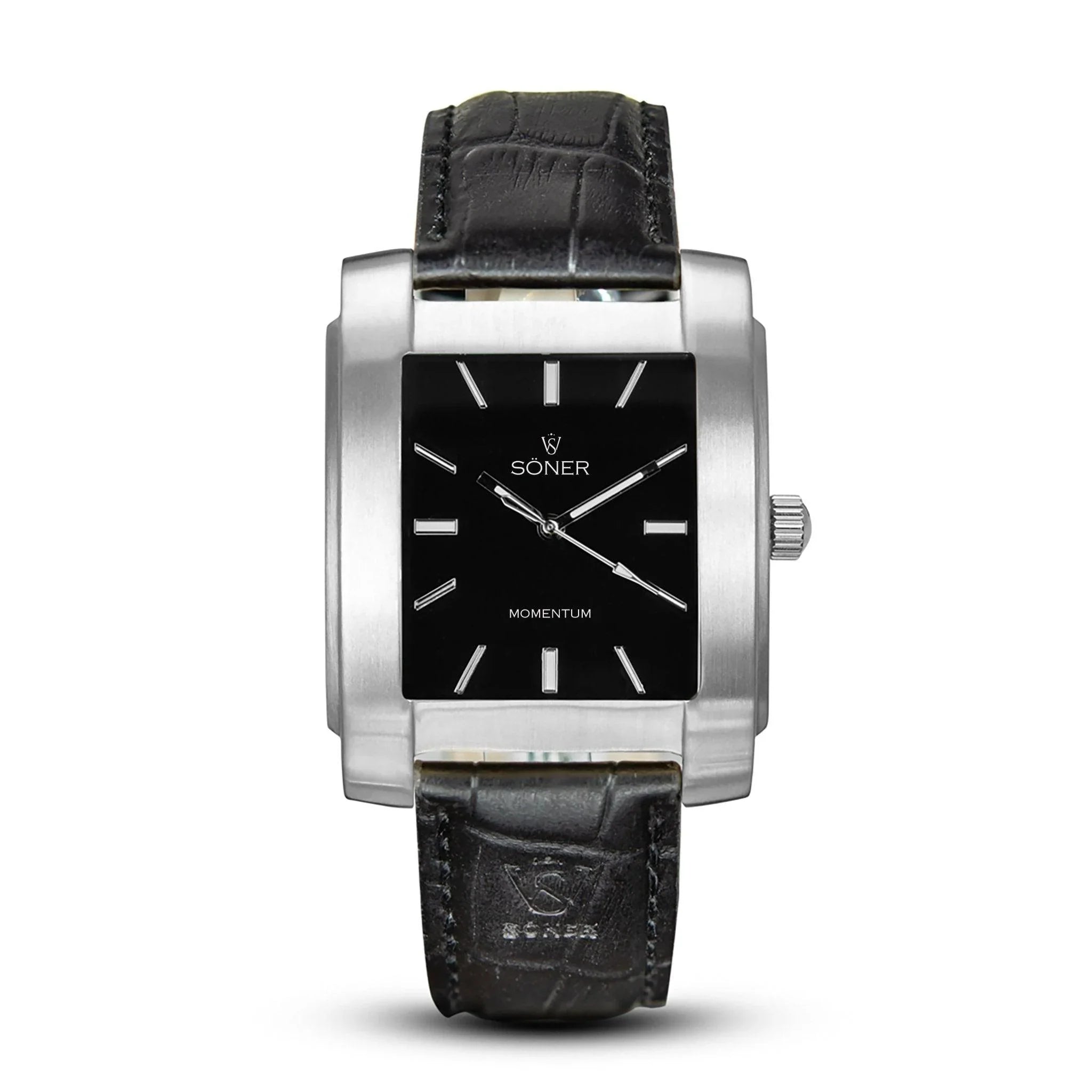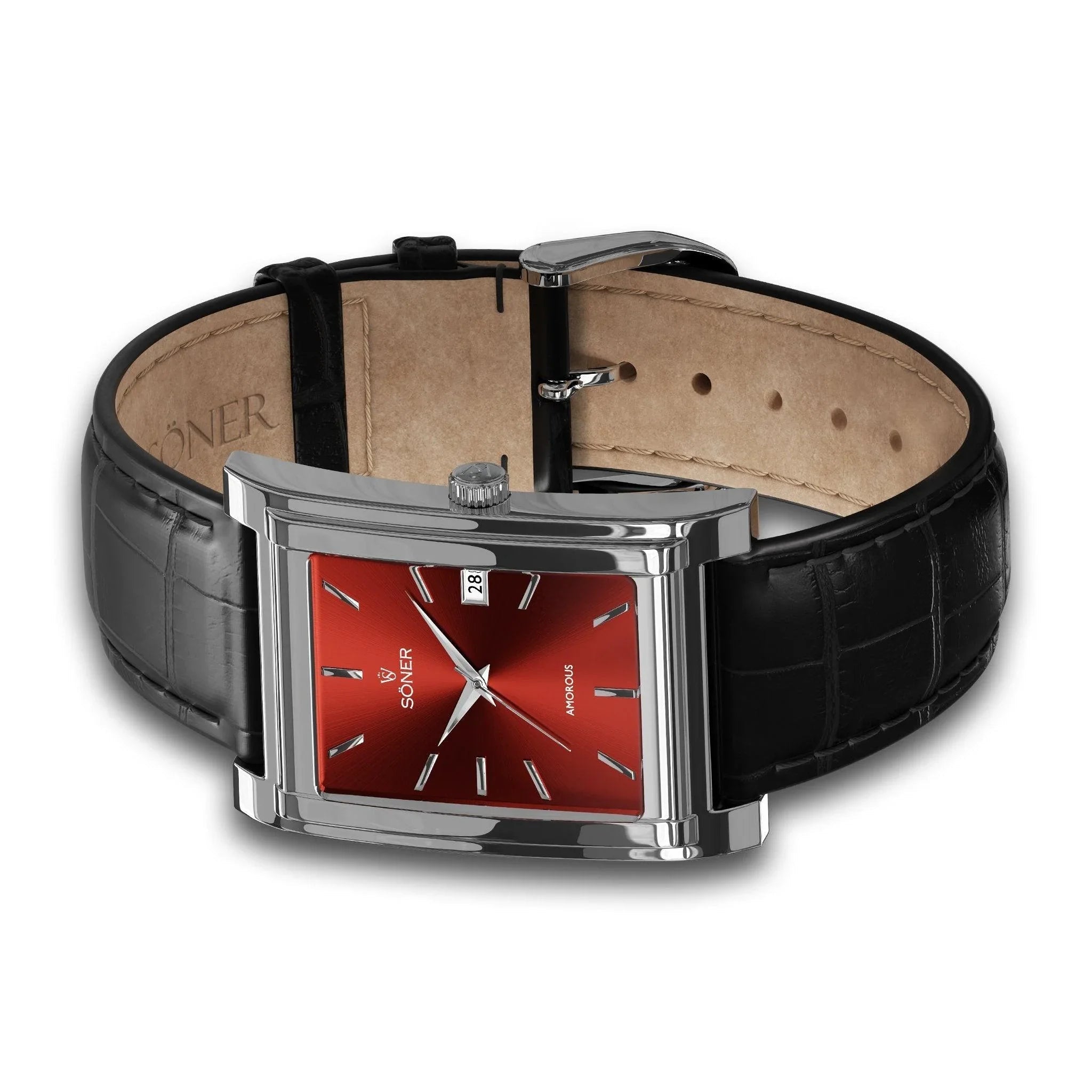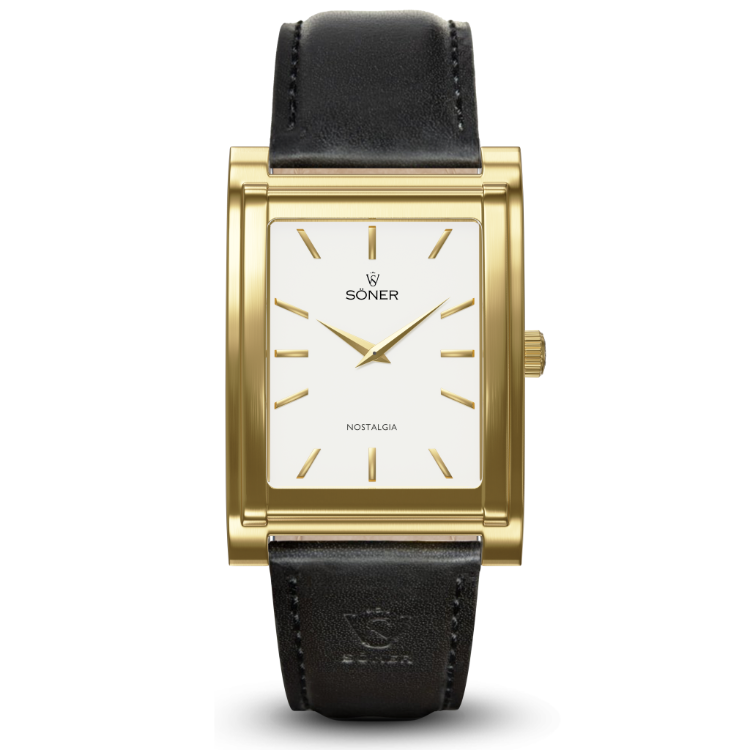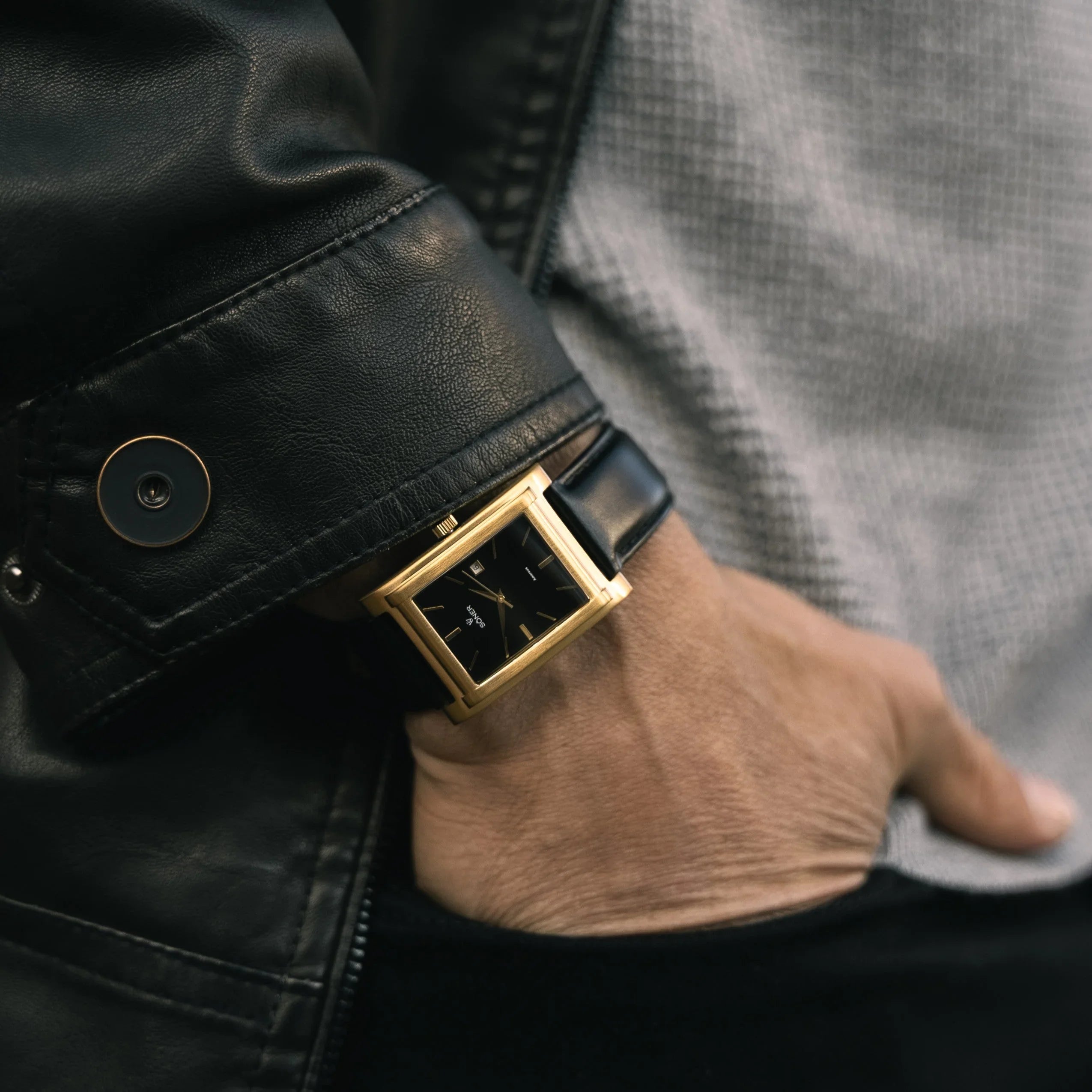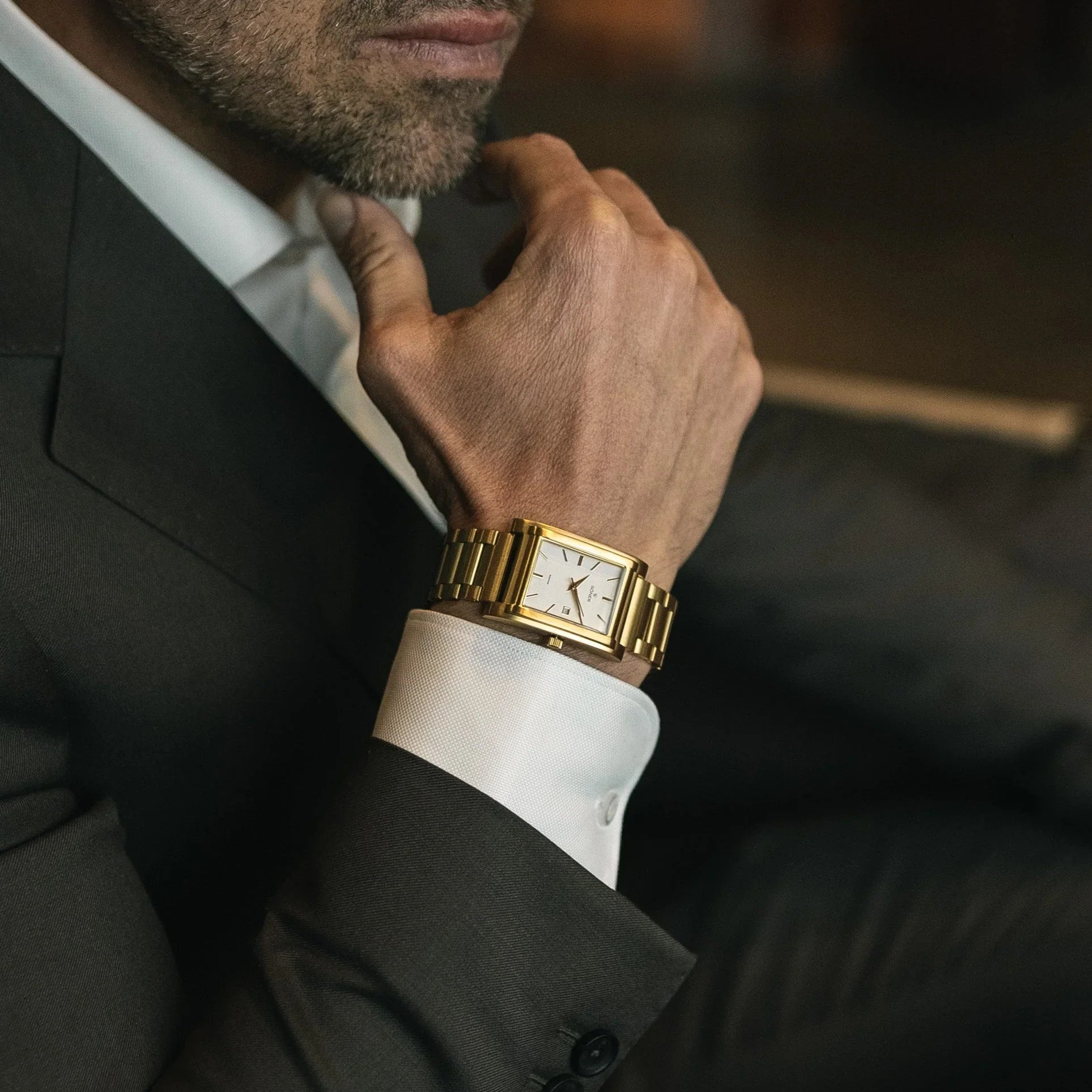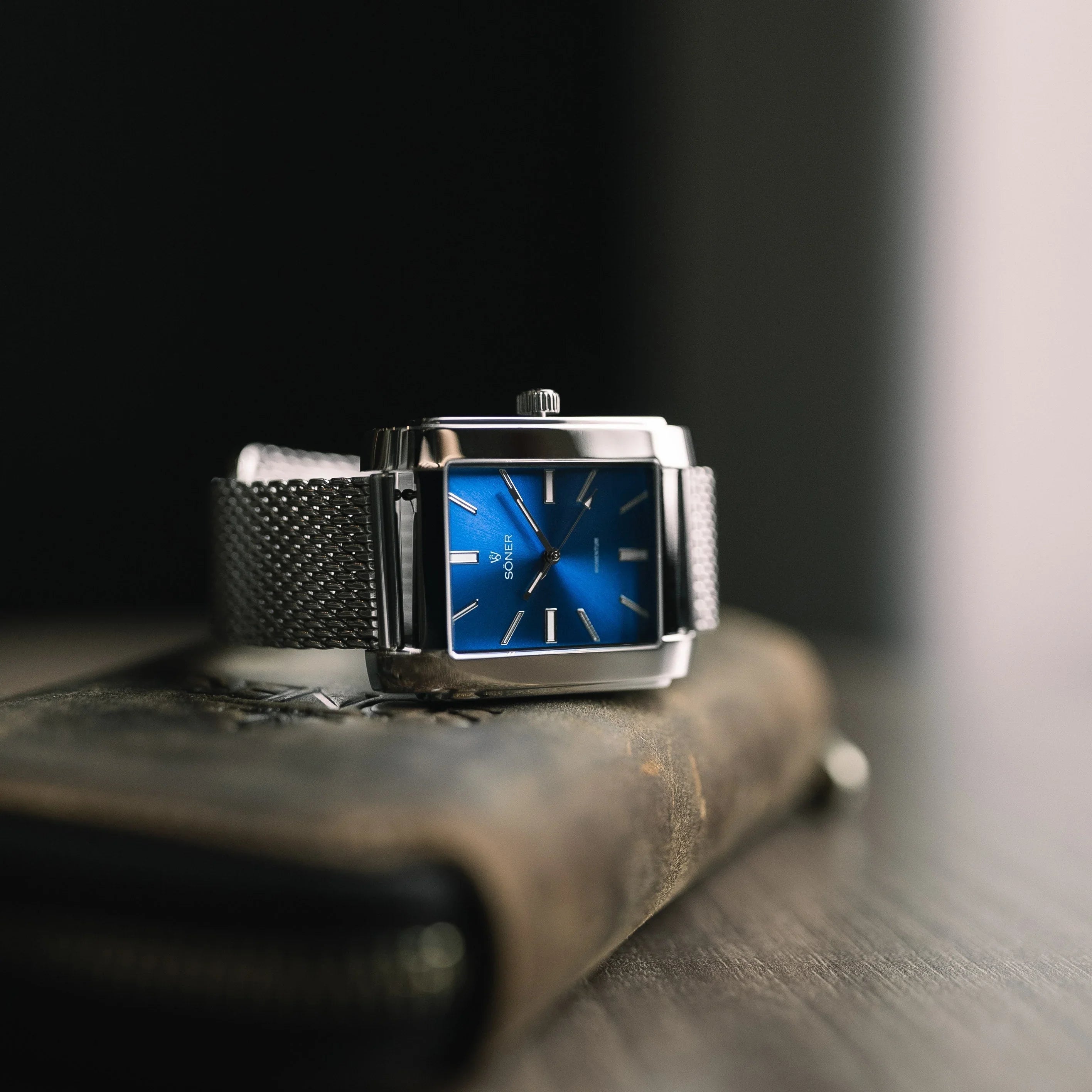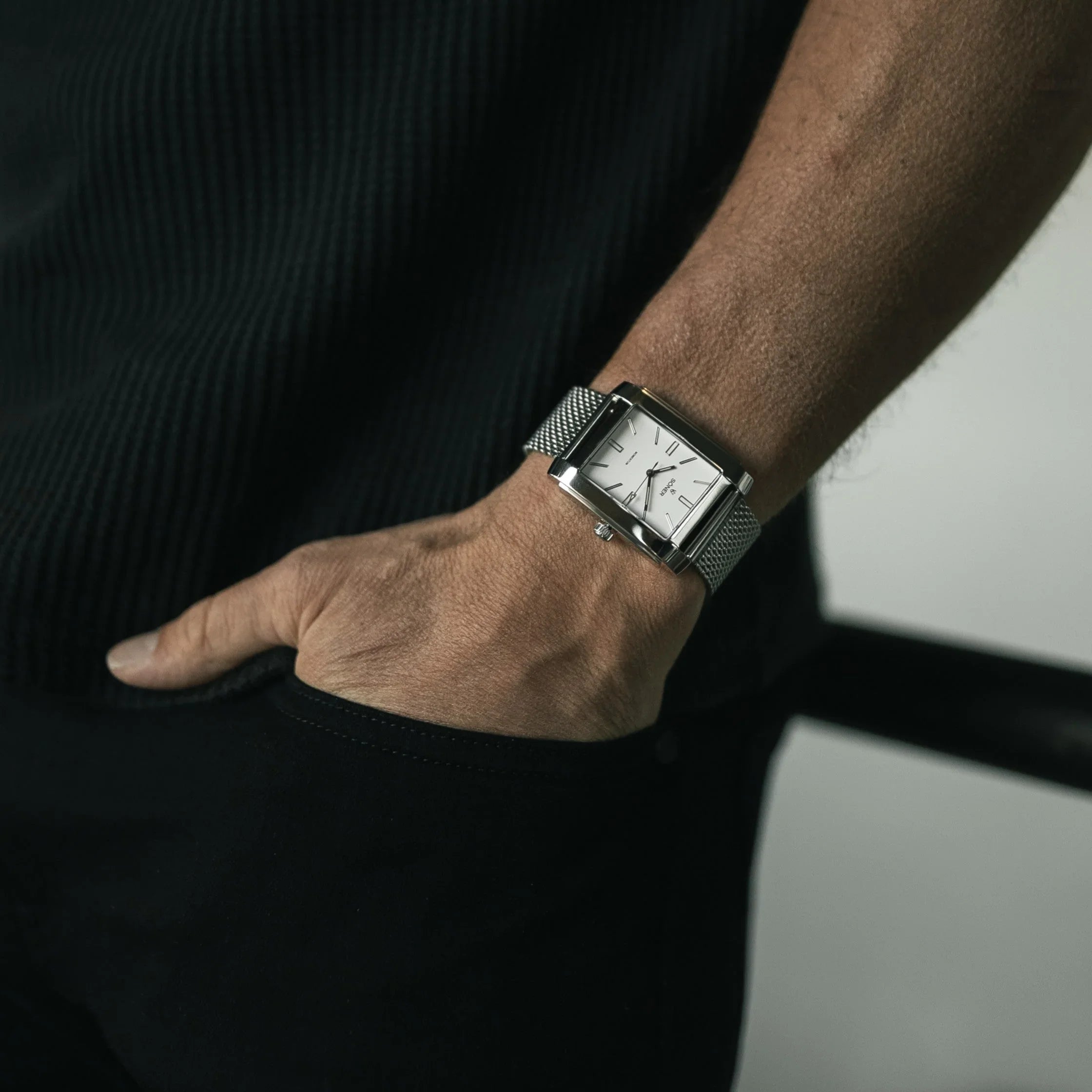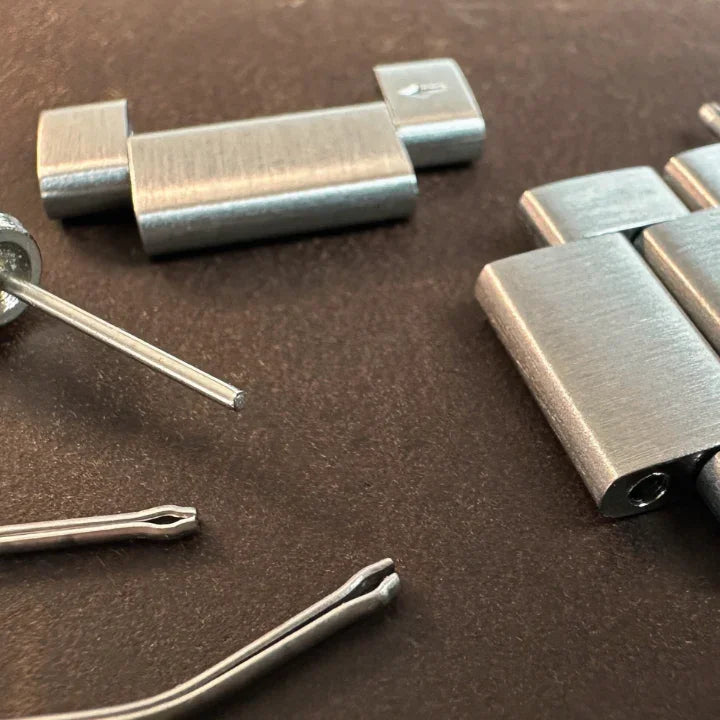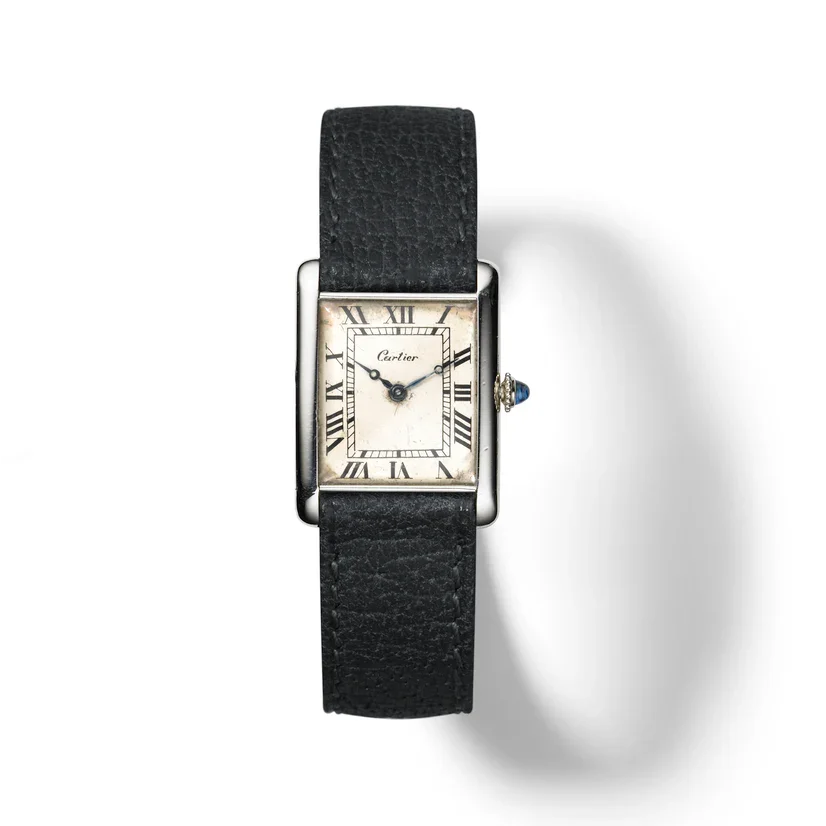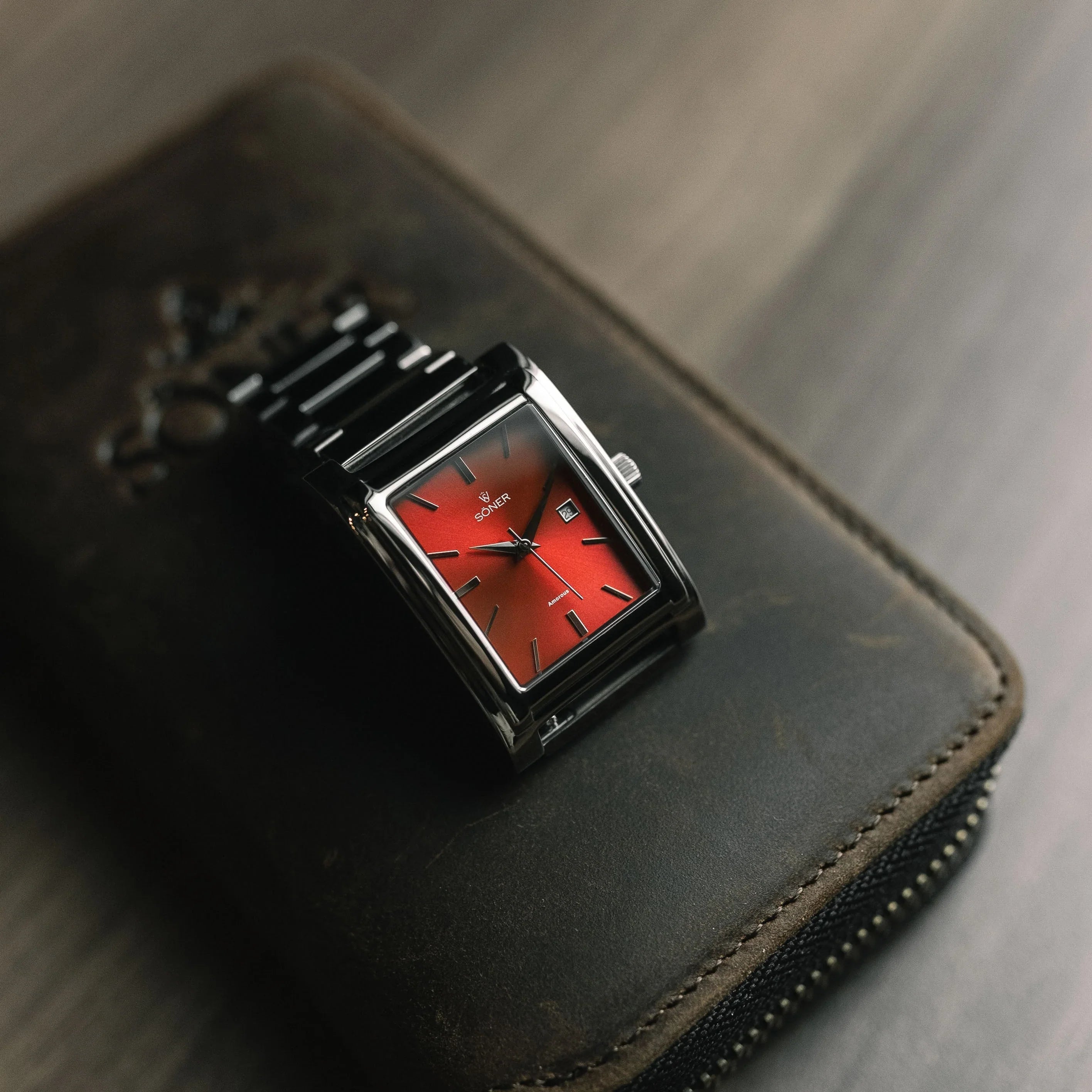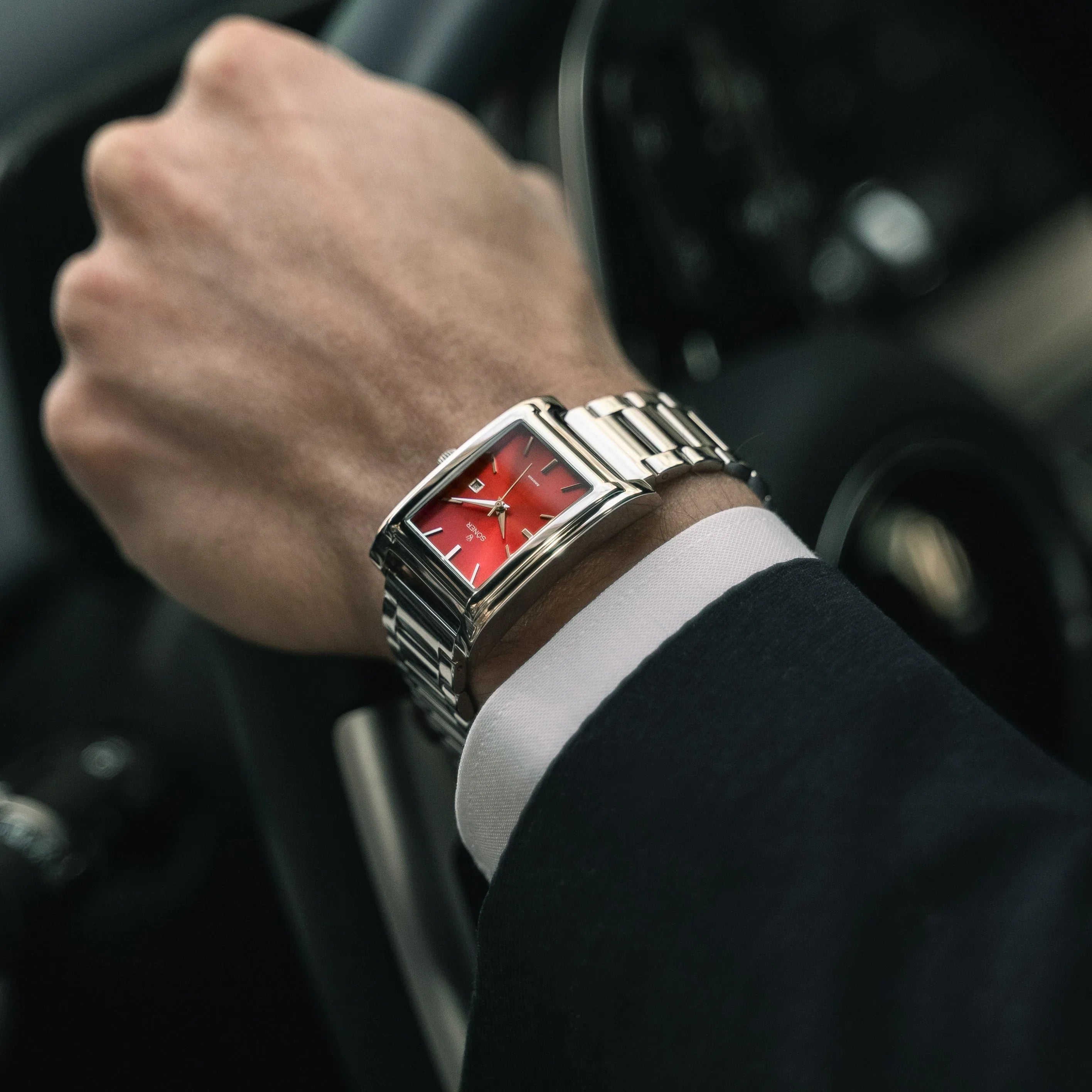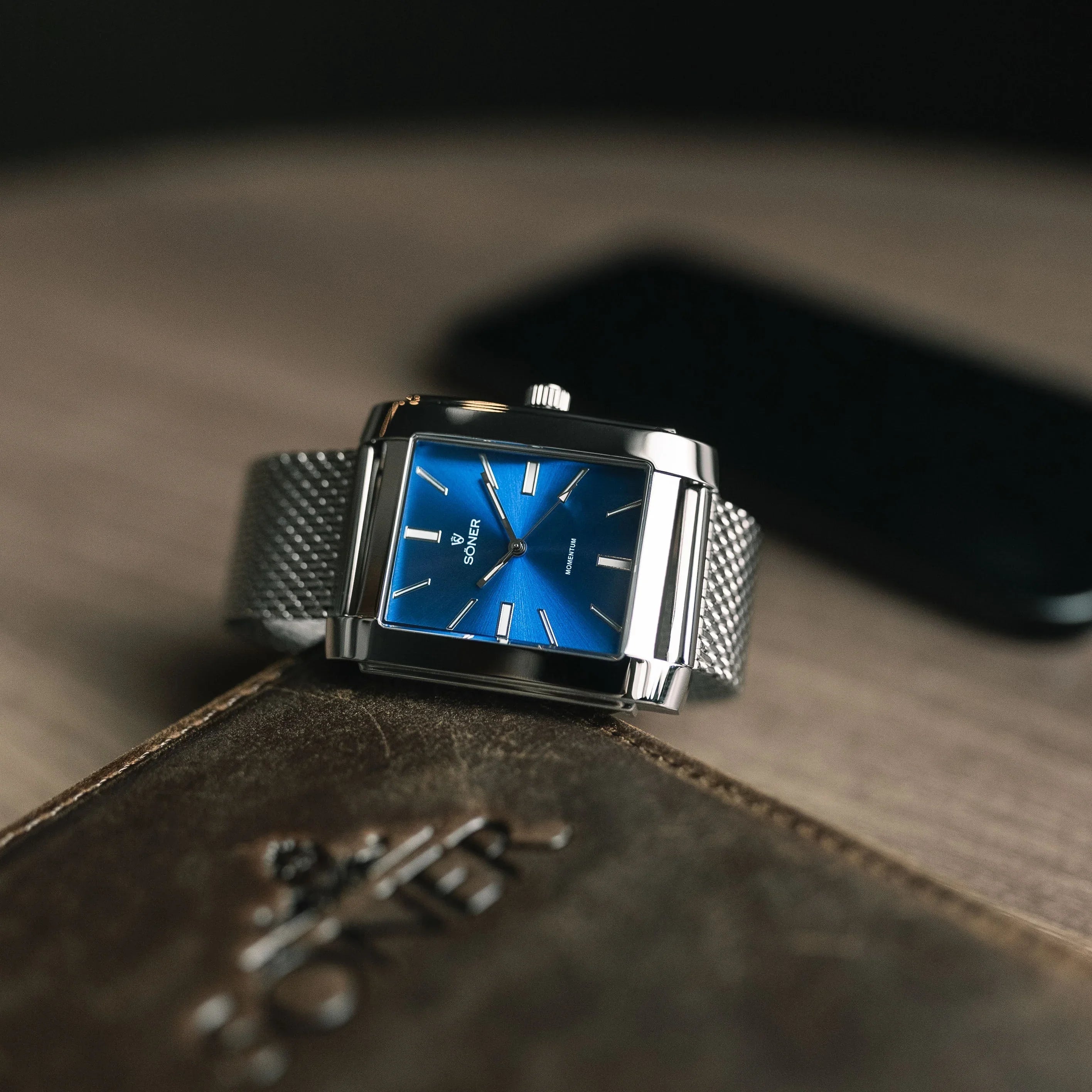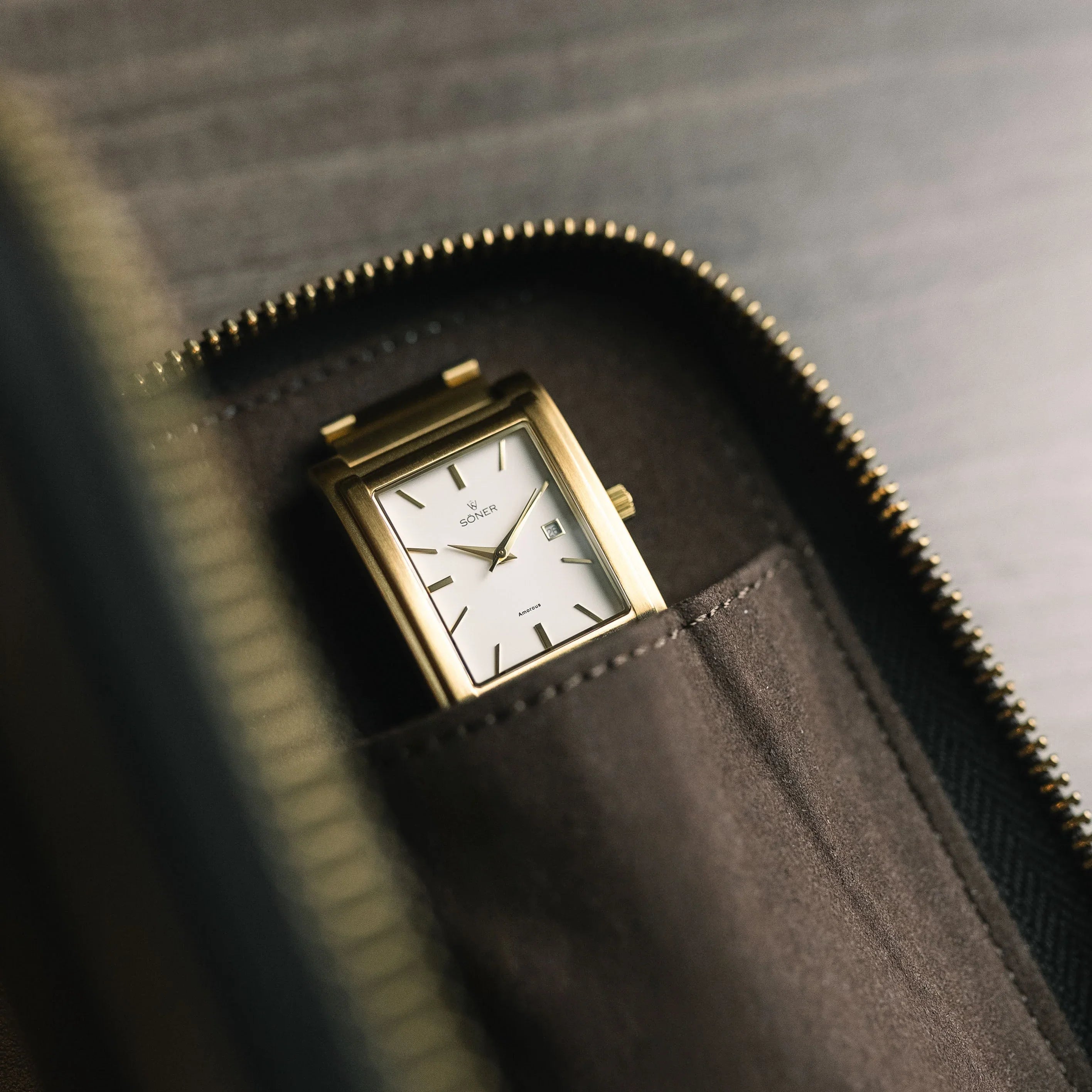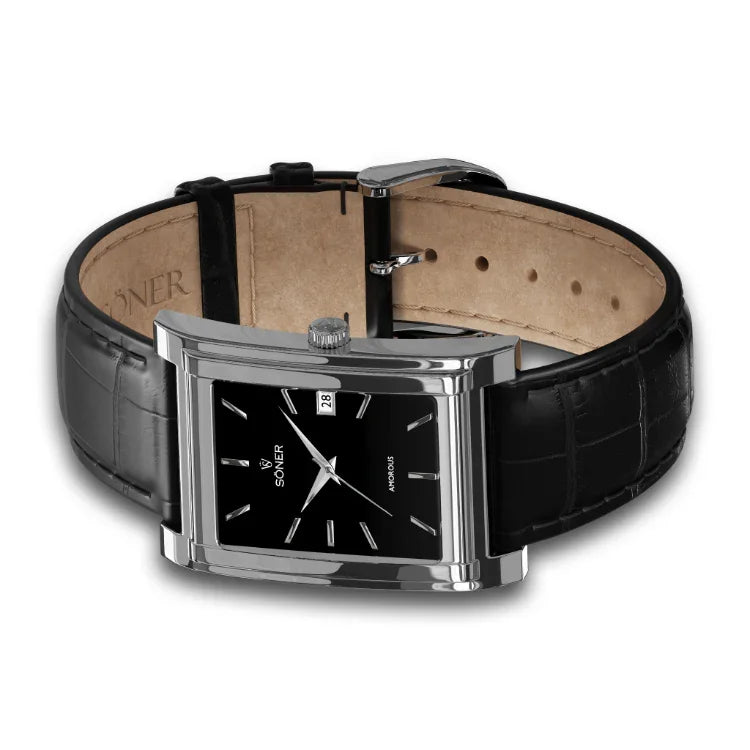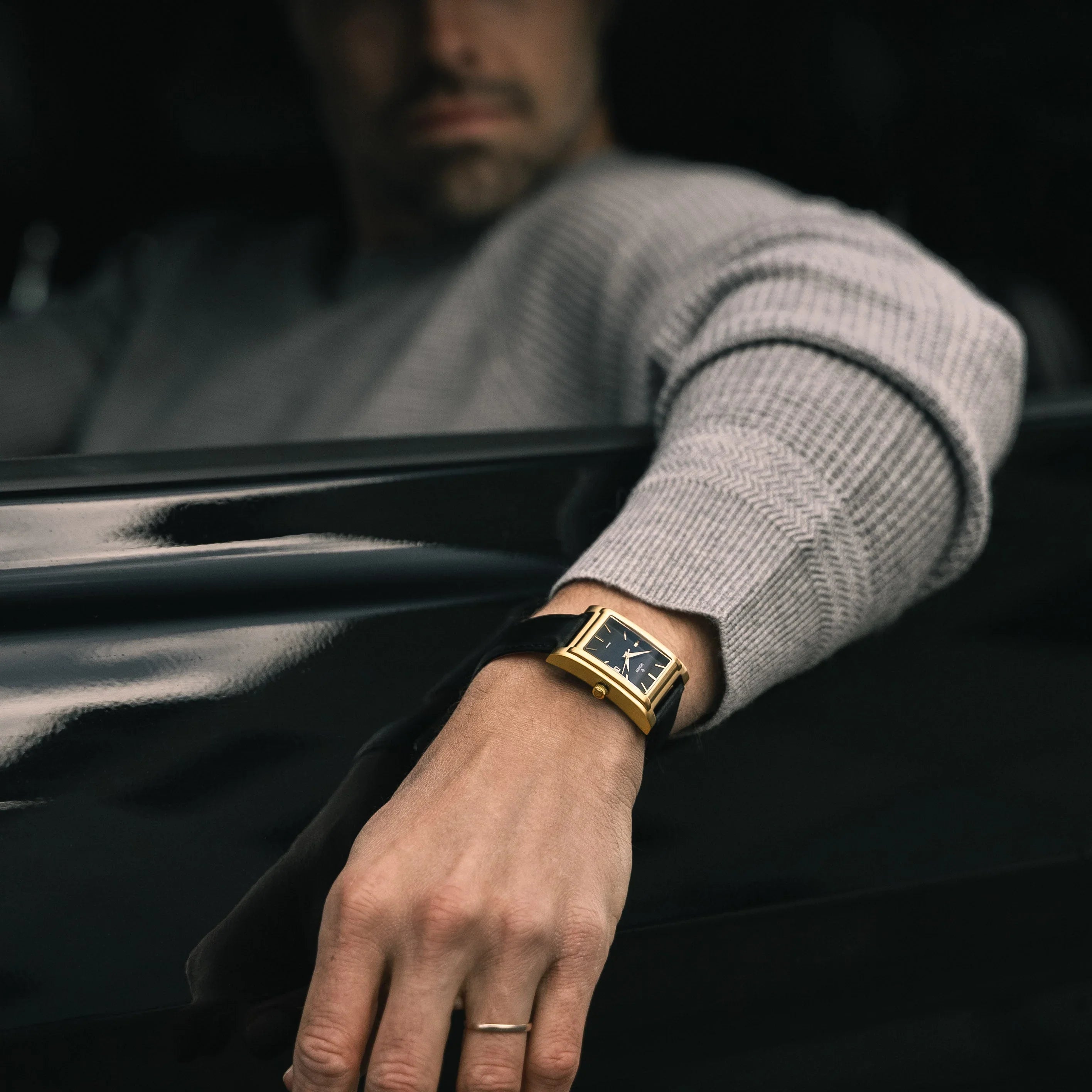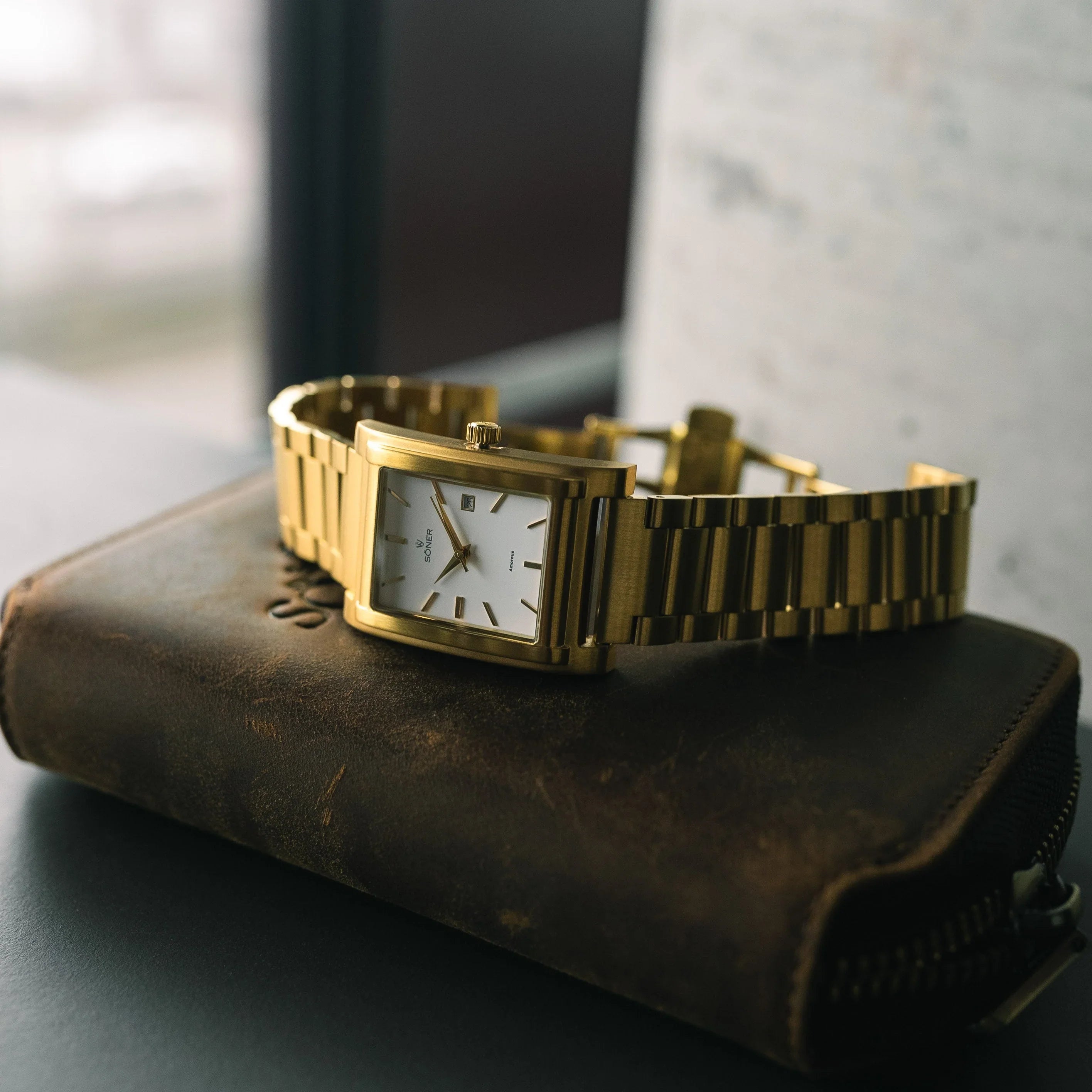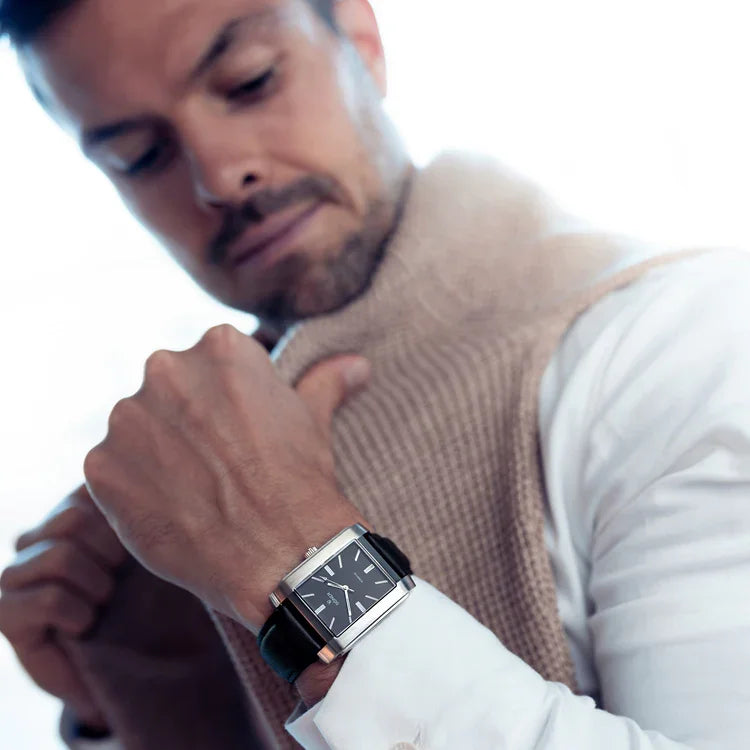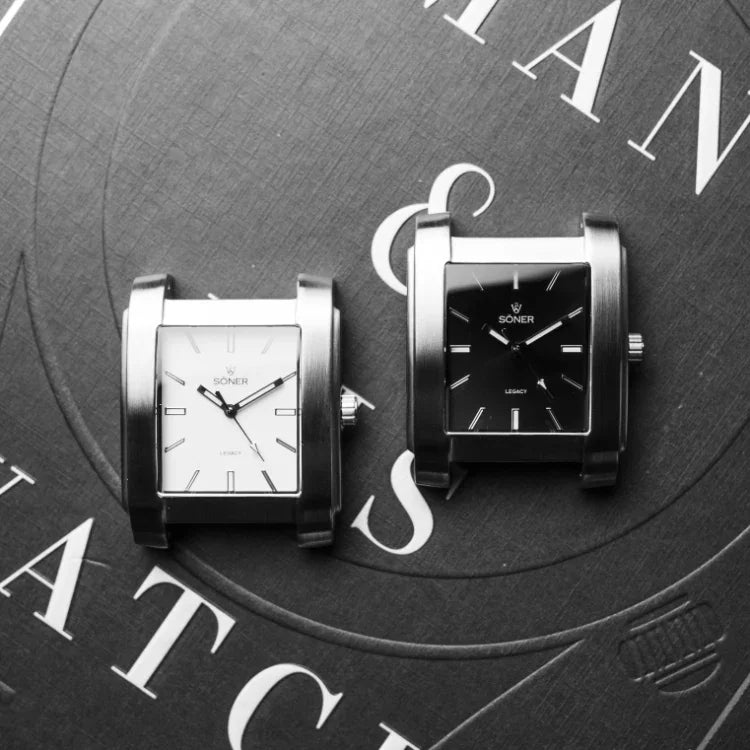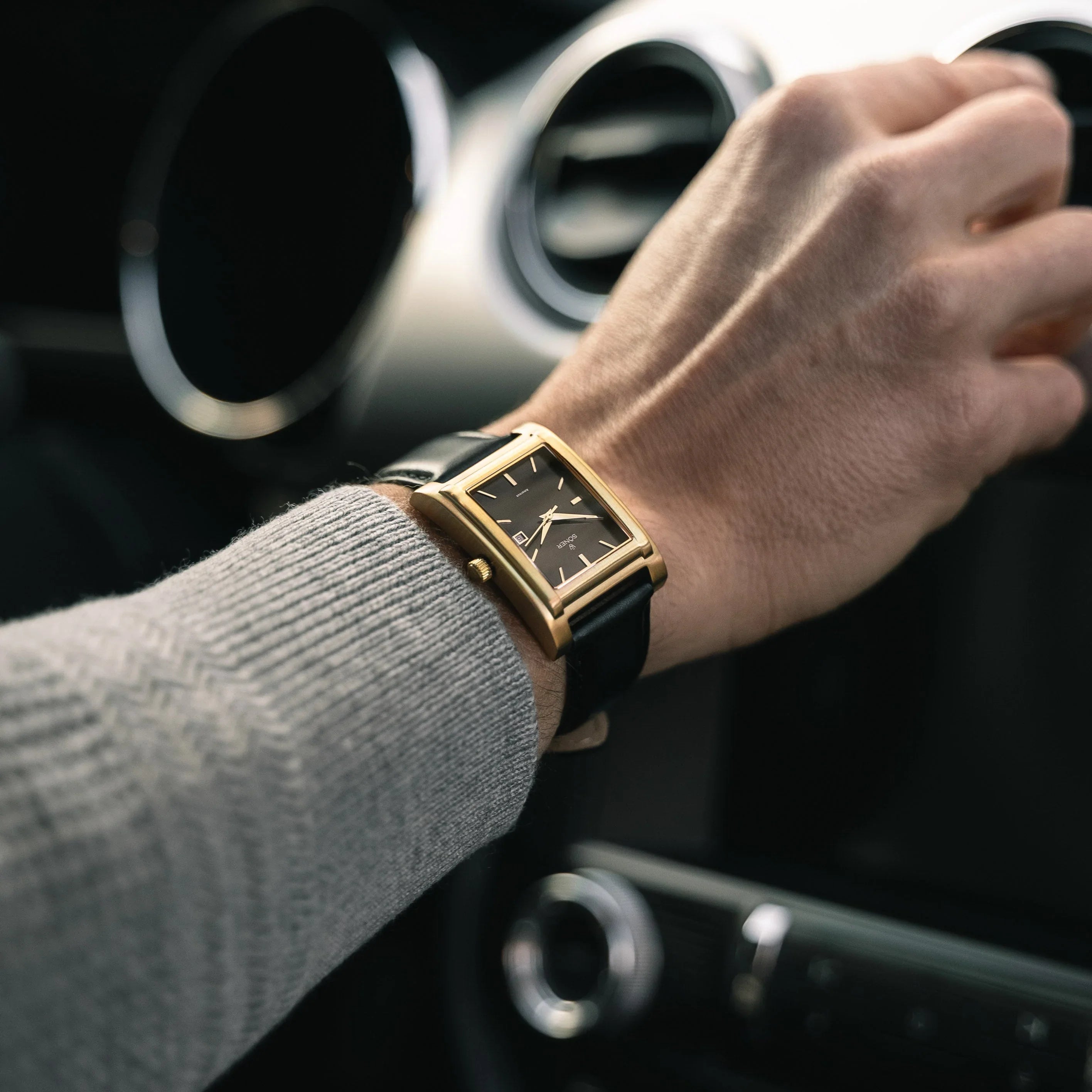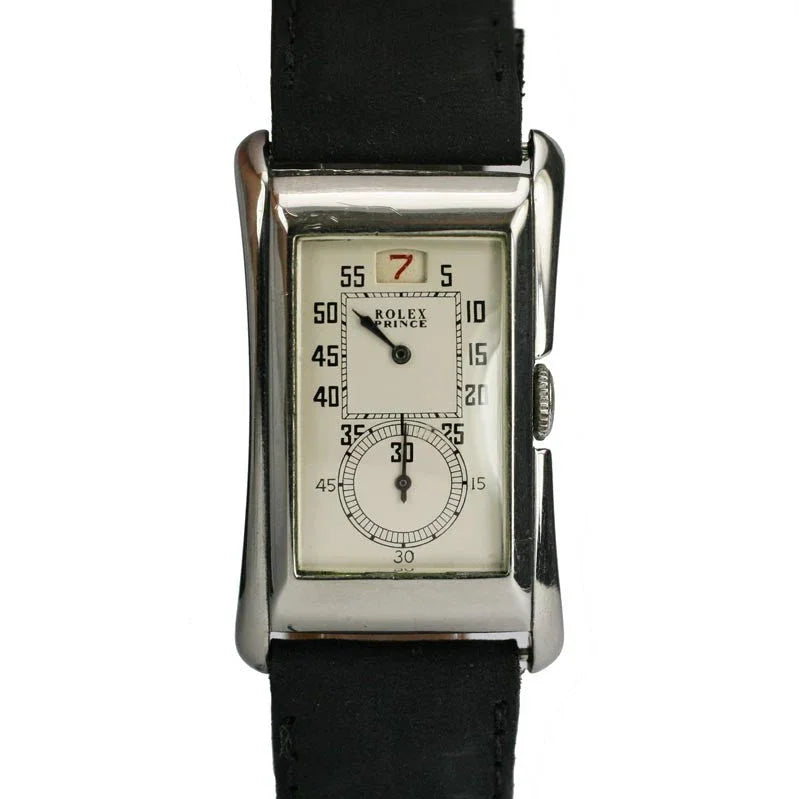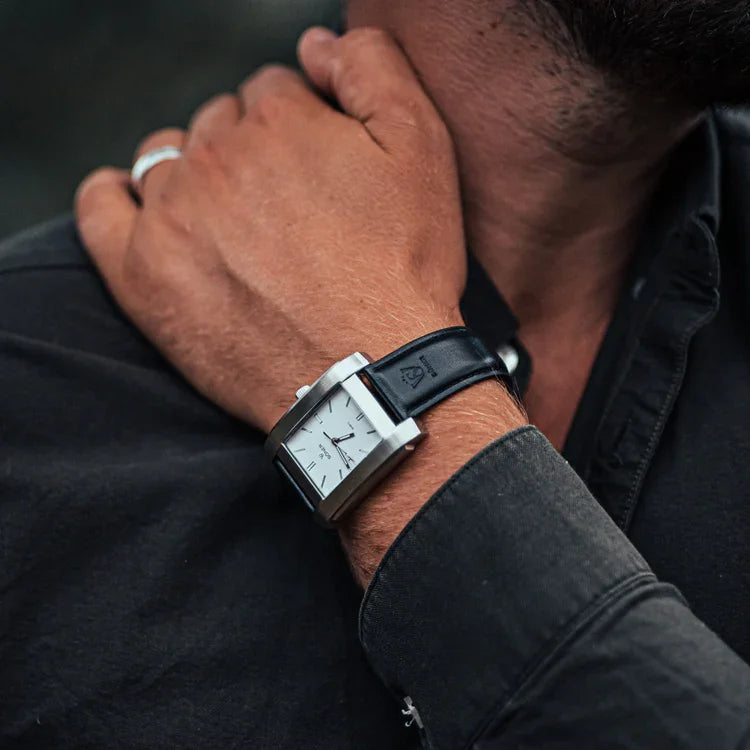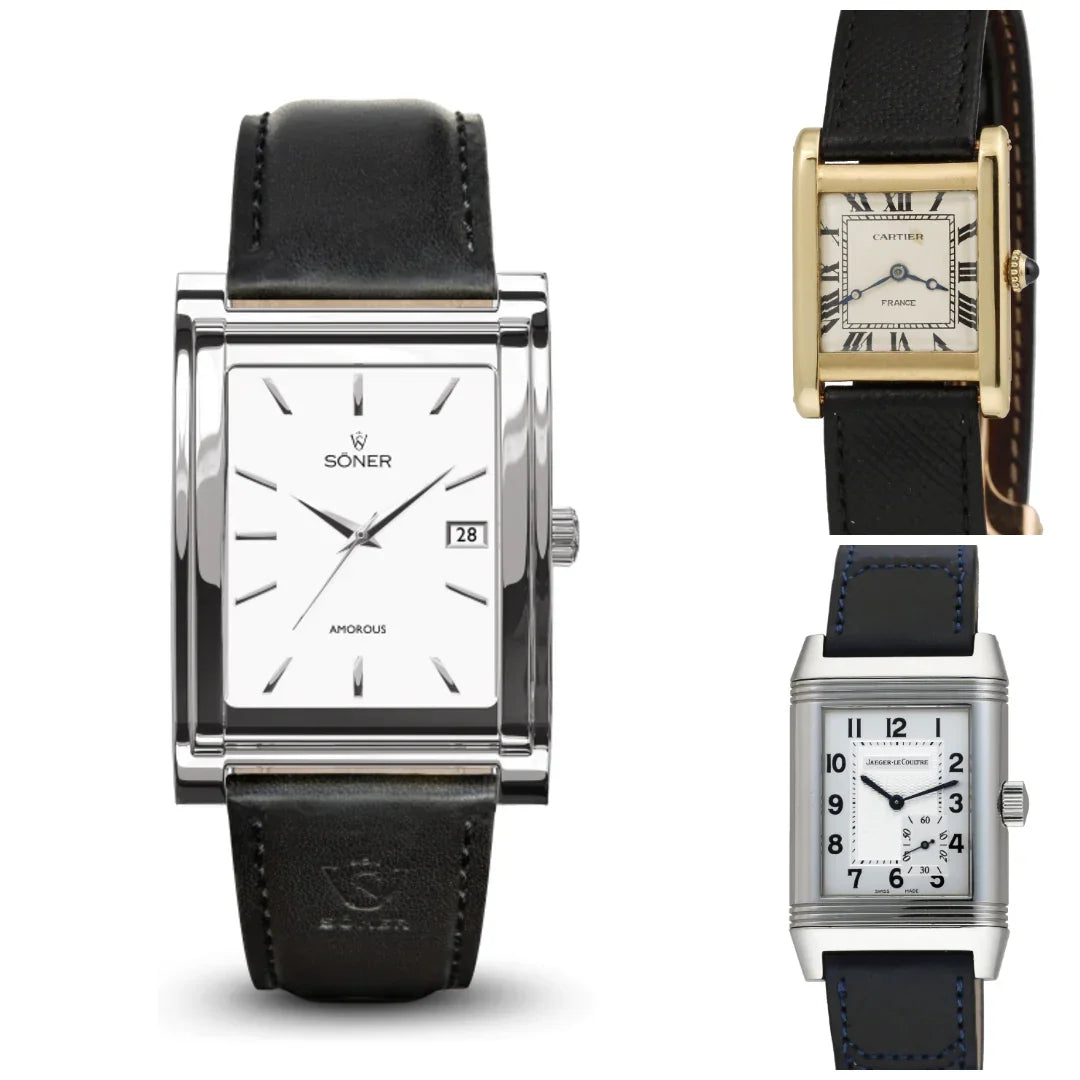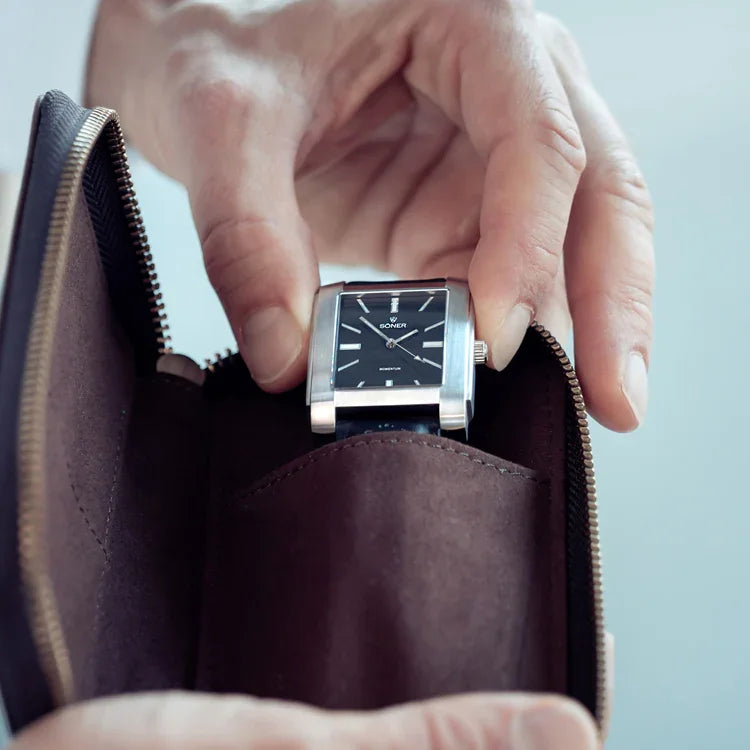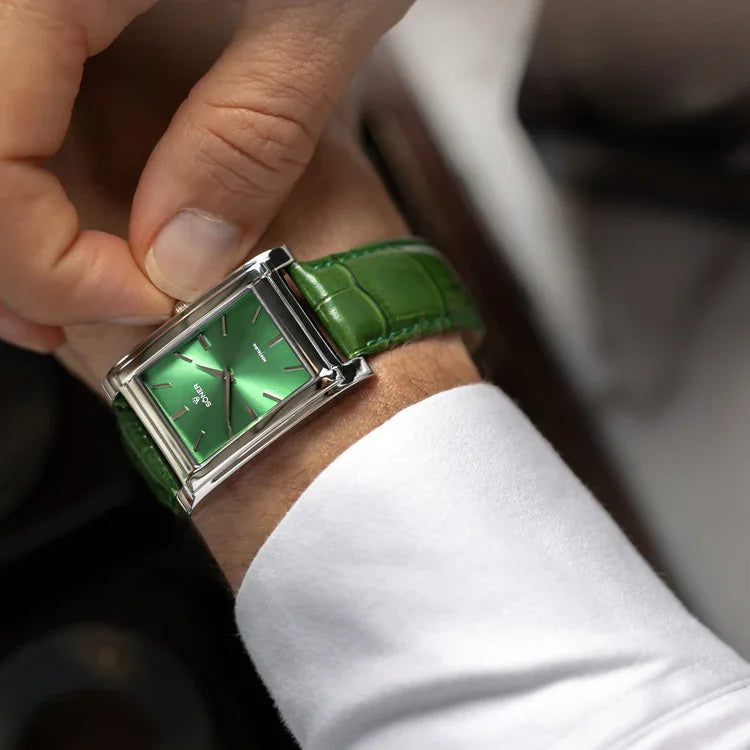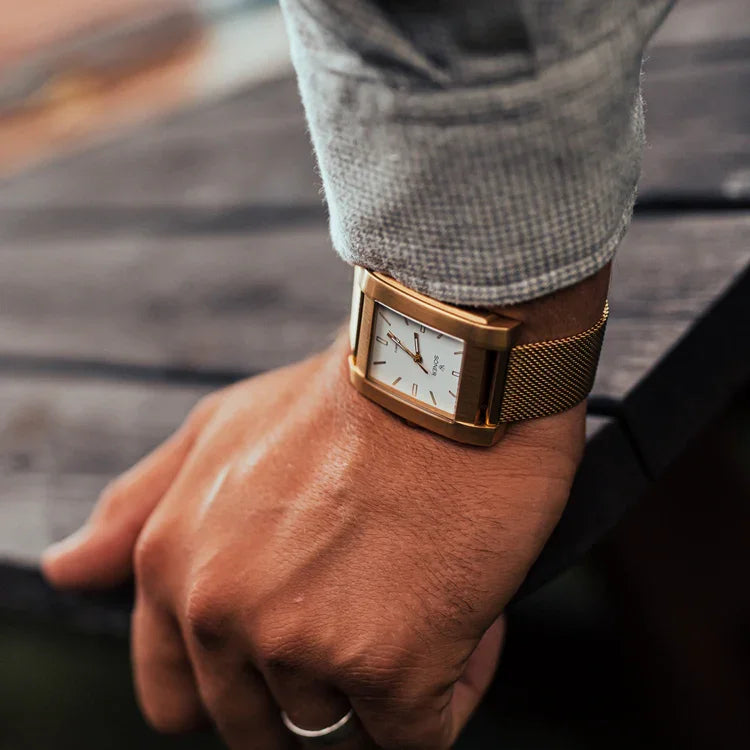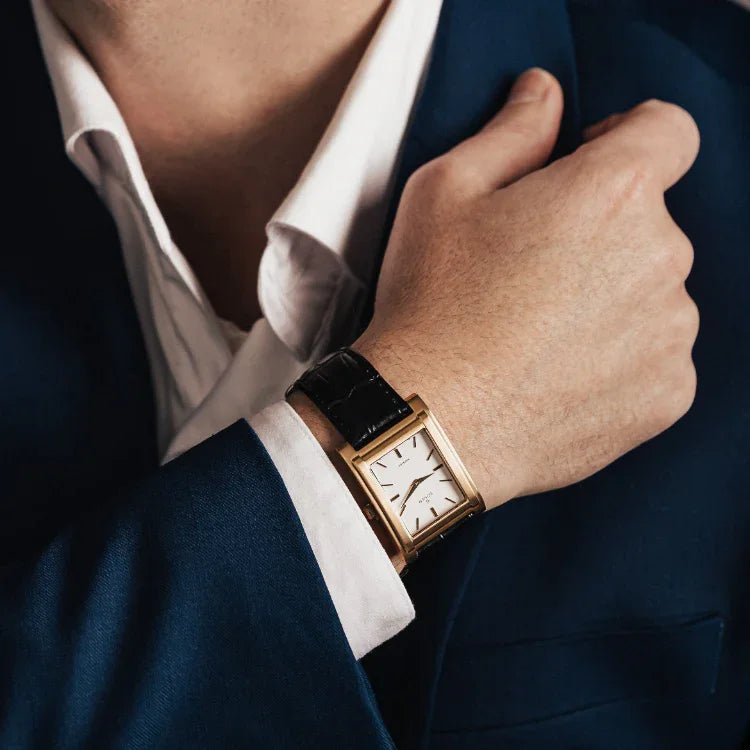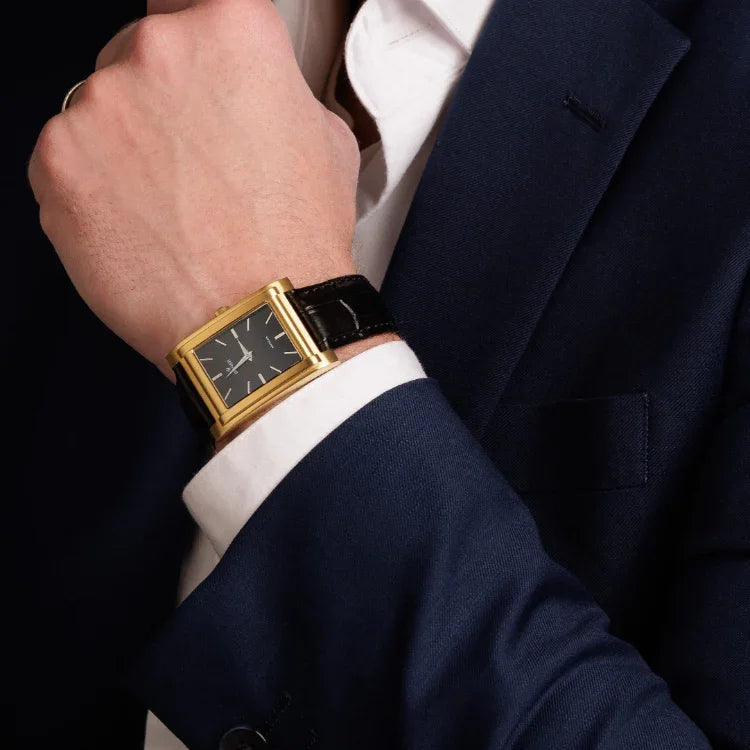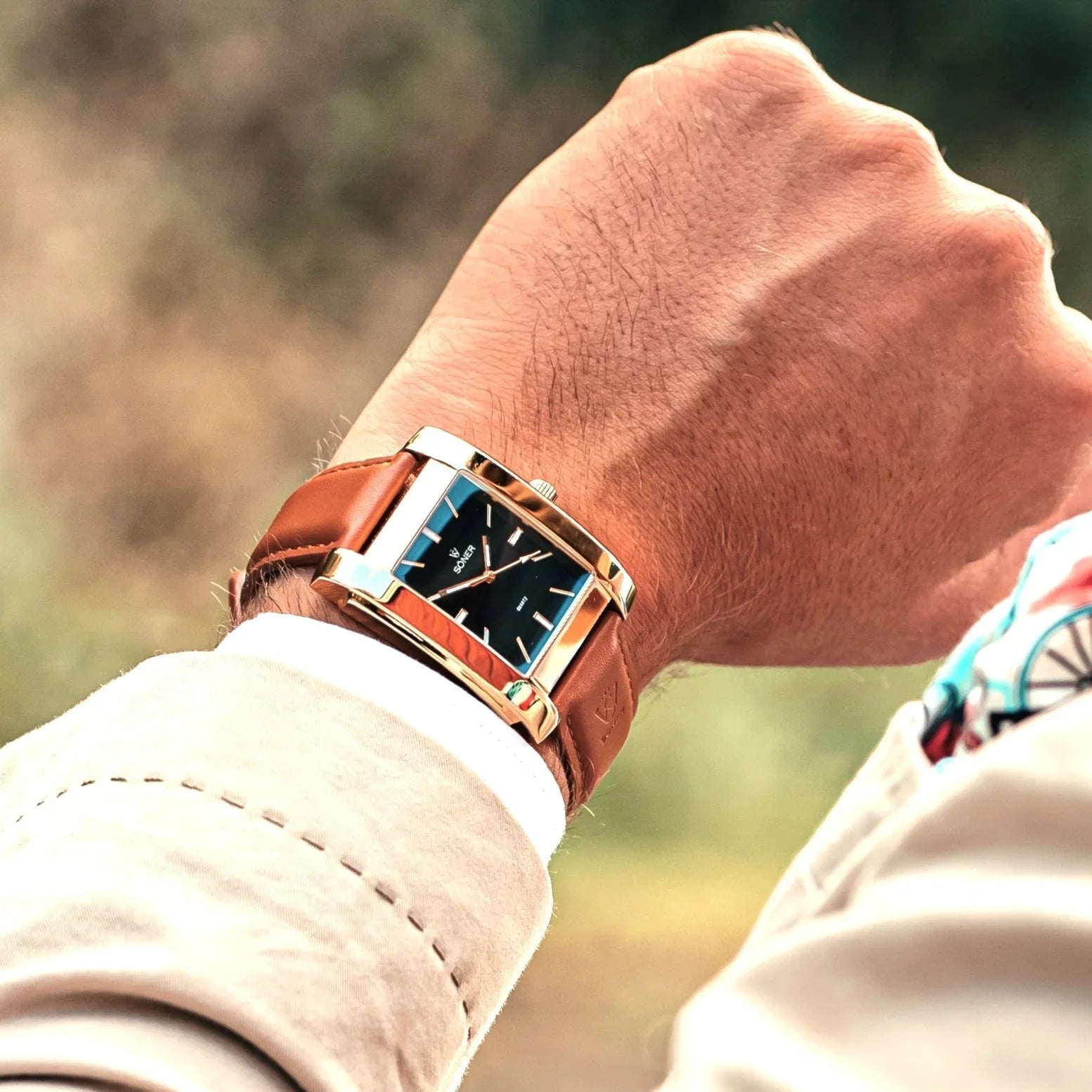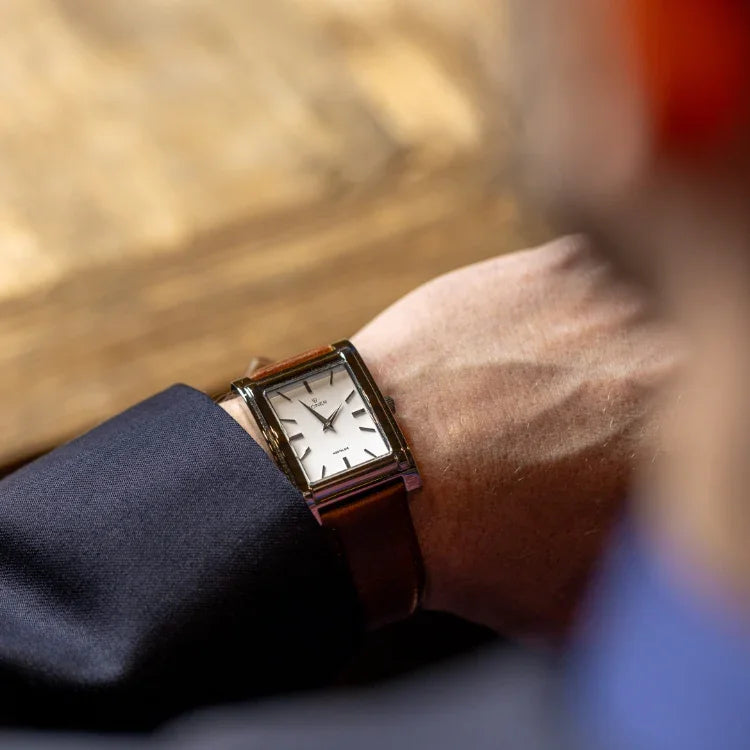Table of Contents
Wrist Watch Cases Materials
A wristwatch case is more than just a protective housing for the delicate mechanisms inside—it’s the visual anchor of the watch. The material, shape, and functionality of the case greatly influence the watch’s style, durability, and purpose. Whether you’re drawn to a sleek dress watch or a robust dive watch, the case plays a pivotal role in both form and function. This article will explore the intricacies of watch cases, helping you understand their significance and make informed choices.

The Role of a Watch Case
At its core, a watch case is designed to protect the movement from external elements like dust, moisture, and impacts. Beyond this basic purpose, the case also defines the watch’s aesthetic appeal and ergonomic fit on the wrist.
Materials: Durability Meets Style
- Stainless Steel: Prized for its durability, corrosion resistance, and cost-effectiveness. Found in everything from affordable daily watches to high-end luxury timepieces. Variants include brushed, polished, or a mix of both finishes.
- Titanium: Lighter and stronger than steel, making it ideal for sports and tool watches. Hypoallergenic and has a matte finish for a modern, industrial look.
- Ceramic: Highly scratch-resistant and lightweight. Ceramic cases stay cool to the touch and come in a variety of sleek, glossy colors.
- Precious Metals: Gold, platinum, and rose gold add opulence but are softer and prone to scratches. Often used in dress watches or collector’s pieces.
-
Composite Materials: Carbon fiber, sapphire cases, and other composites are increasingly used for lightweight and high-performance designs.

Shapes and Sizes: Defining Aesthetic and Fit
- Classic Round: Timeless and versatile, round cases suit most occasions and work well with complications.
- Rectangular and Square: Evoke the Art Deco era and are often found in dress watches. Their elongated designs visually slim the wrist.
- Tonneau (Barrel-Shaped): Curved edges and a distinctive silhouette make them a bold choice, often seen in luxury watches.
- Oversized vs. Slim: Oversized cases command attention and cater to sporty styles, while slim cases are elegant and perfect for formal settings.
Functional Features: Beyond Protection
- Water Resistance: Dive watches are rated for depths of 200 meters or more, while everyday watches typically resist splashes and light rain.
- Shock Resistance: Protects the delicate movement during impacts, often achieved with reinforced cases or internal structures.
- Anti-Magnetic Properties: Prevents disruption of mechanical movements by magnetic fields, with standards like ISO used in models such as the Omega Seamaster.

Special Features in High-End Watch Cases
- Transparent Case Backs: Sapphire crystal backs reveal intricate movements, showcasing the watchmaker’s artistry.
- Integrated Design: Cases seamlessly integrated with bracelets or straps for a cohesive look and improved wearability.
- Ceramic and Sapphire Composites: Combine lightweight properties with unparalleled scratch resistance, often used in avant-garde designs.
How to Choose the Right Case
- Consider Usage: Stainless steel or titanium is ideal for daily wear. Precious metals or slim designs elevate formal attire. Ceramic or titanium suits sports and adventure needs.
- Fit and Comfort: Check case diameter and thickness. A 38–42mm case suits most wrists, while oversized designs may feel bulky.
- Style Preferences: Choose shapes and finishes that align with your personal aesthetic. Rectangular cases, for instance, add vintage sophistication.

